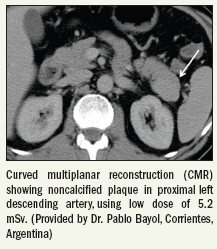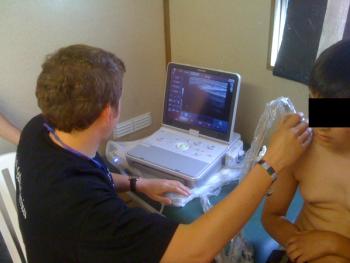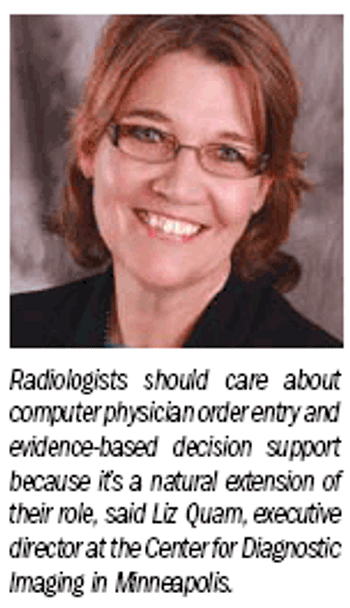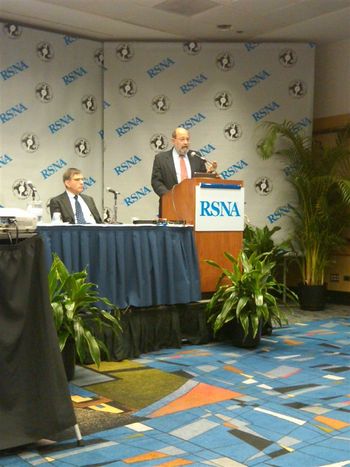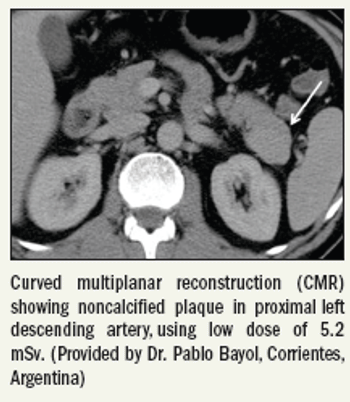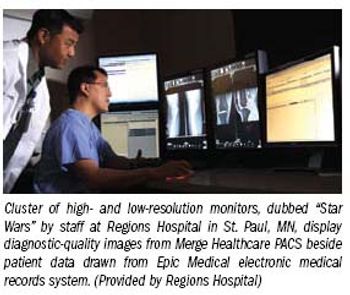
Since the attempted explosion of an airliner as it was landing in Detroit on Christmas Day by an alleged terrorist from Nigeria, global air safety experts have been scrambling to enact new safety measures. A quick answer has come in the form of whole-body scanners that use low-level radiation to allow screeners to see through clothing to identify hidden weapons or explosives.

